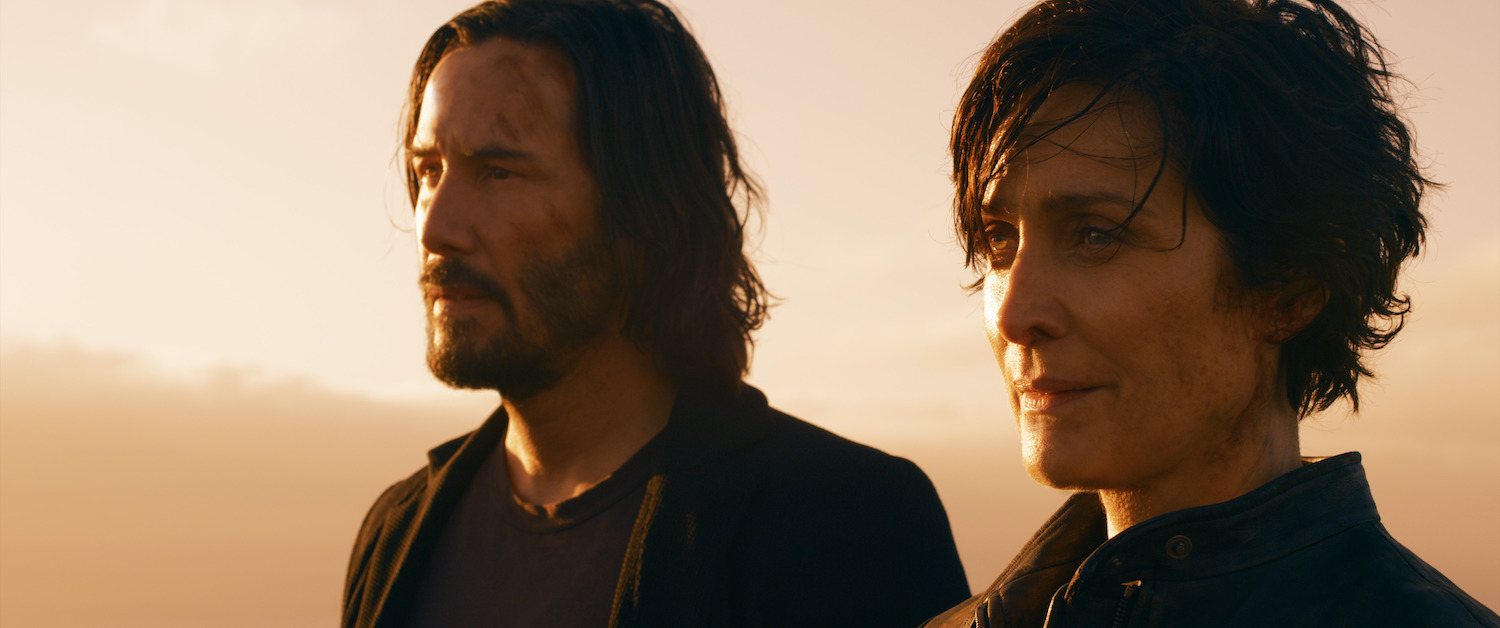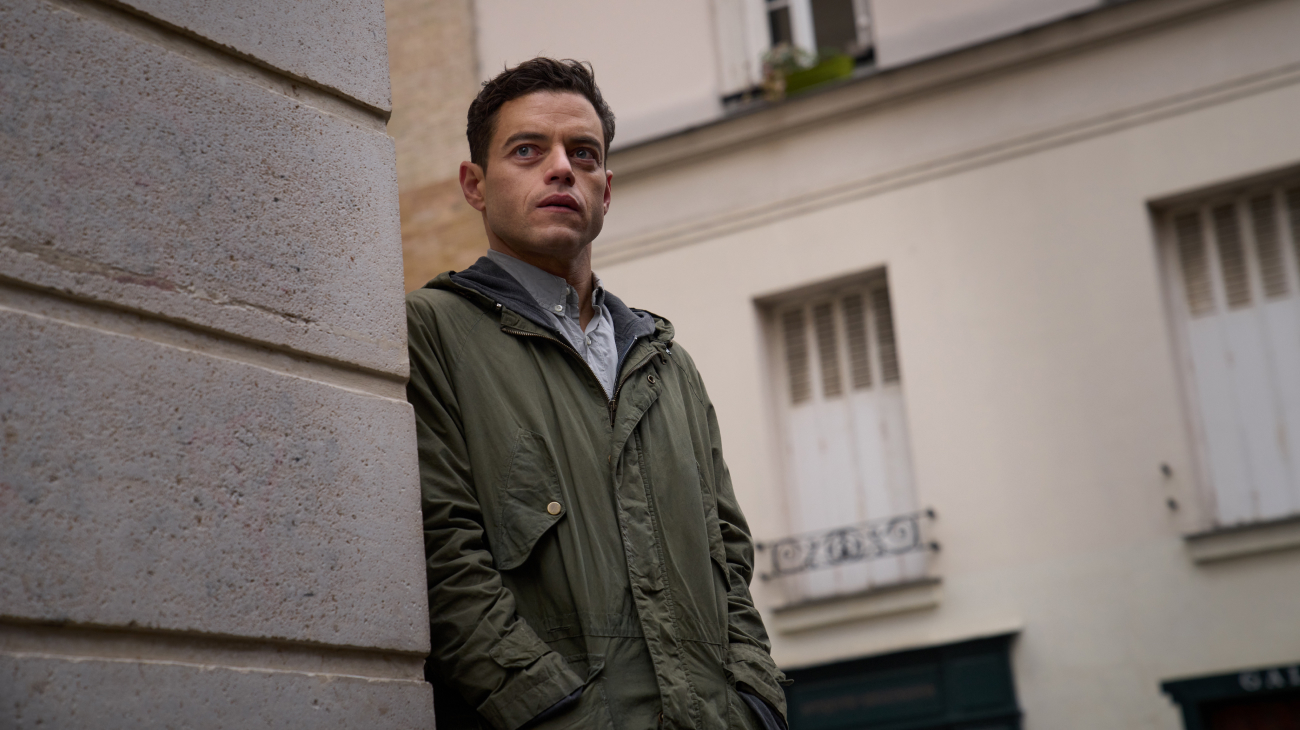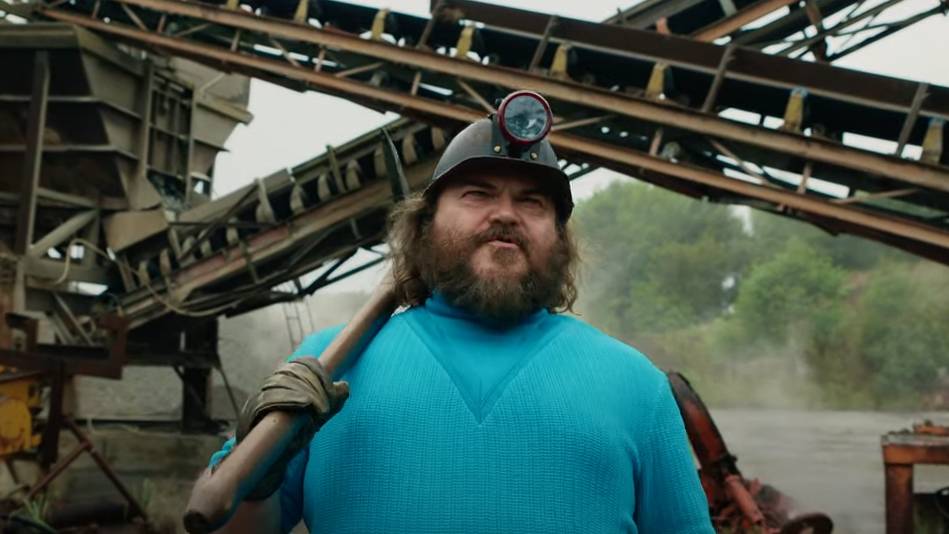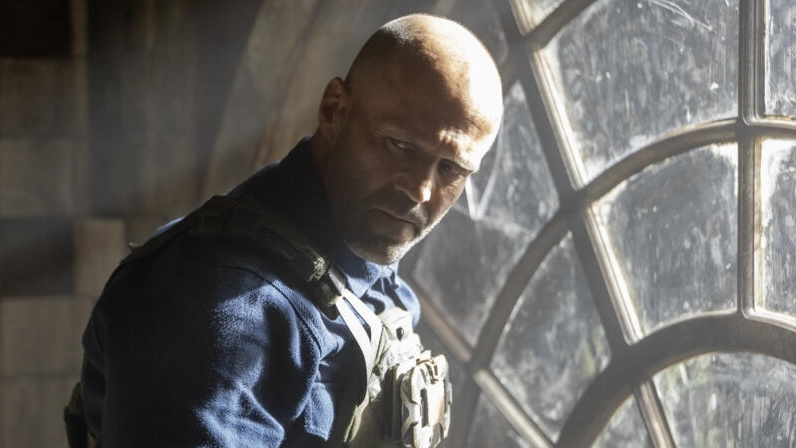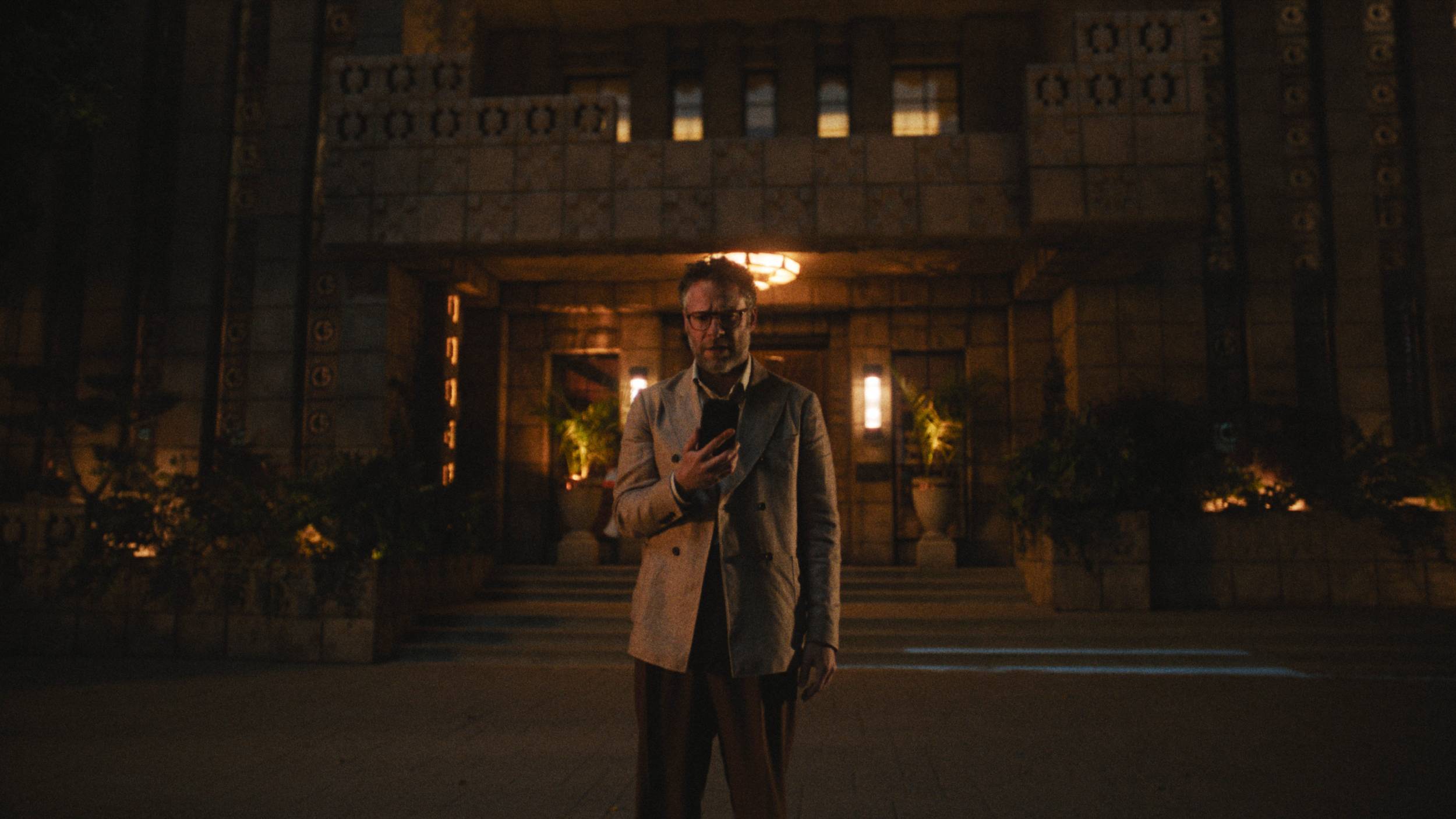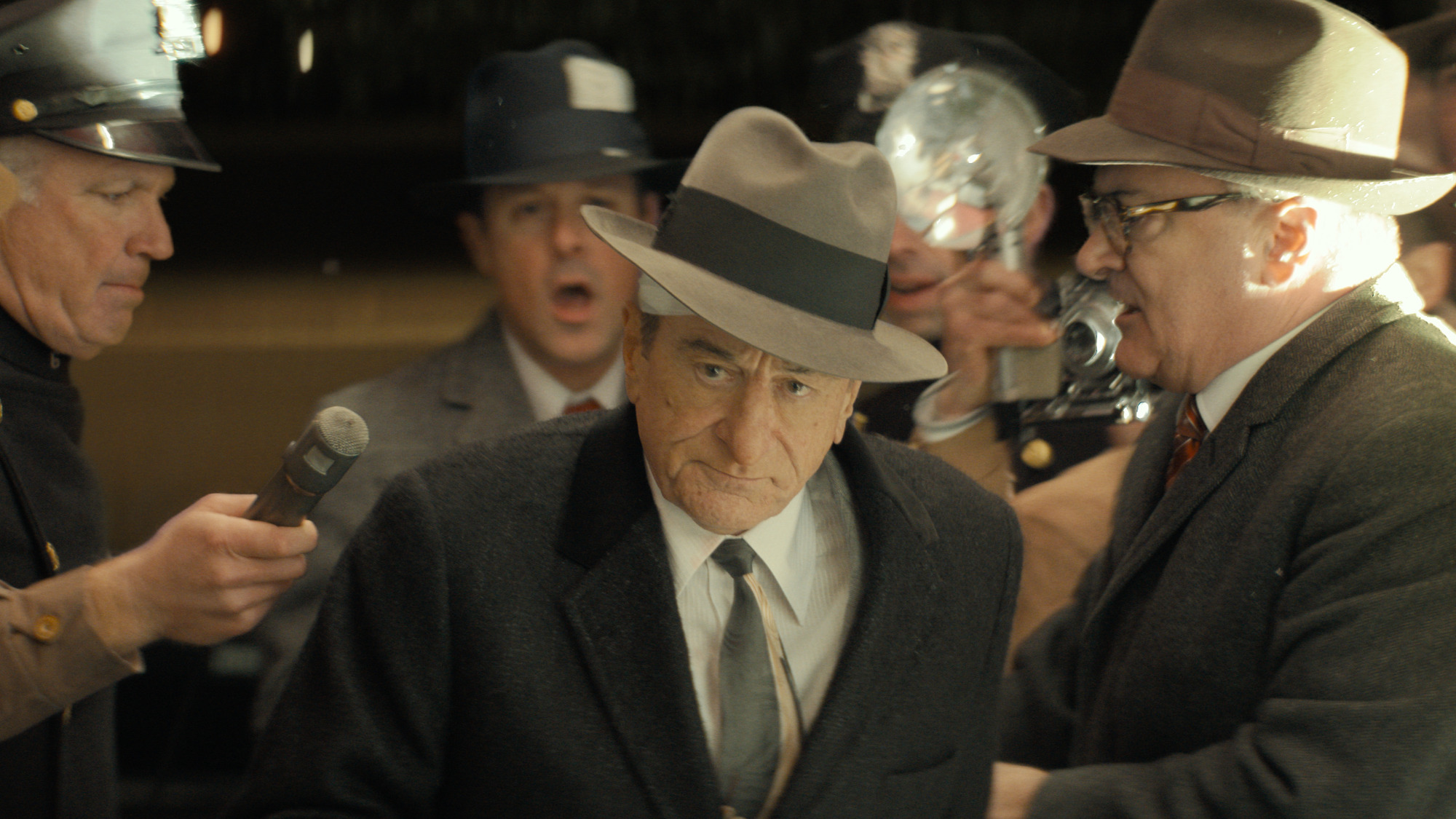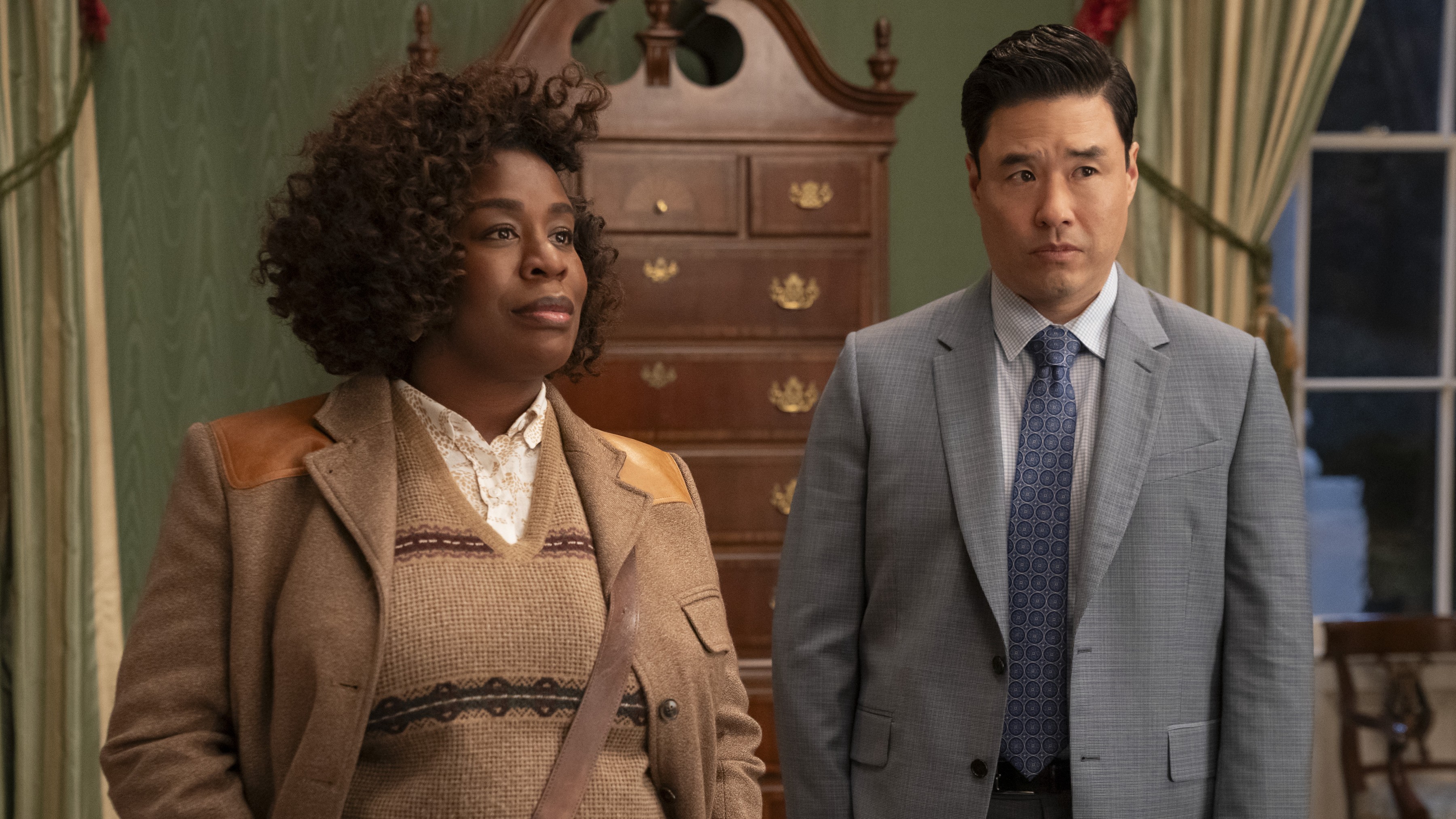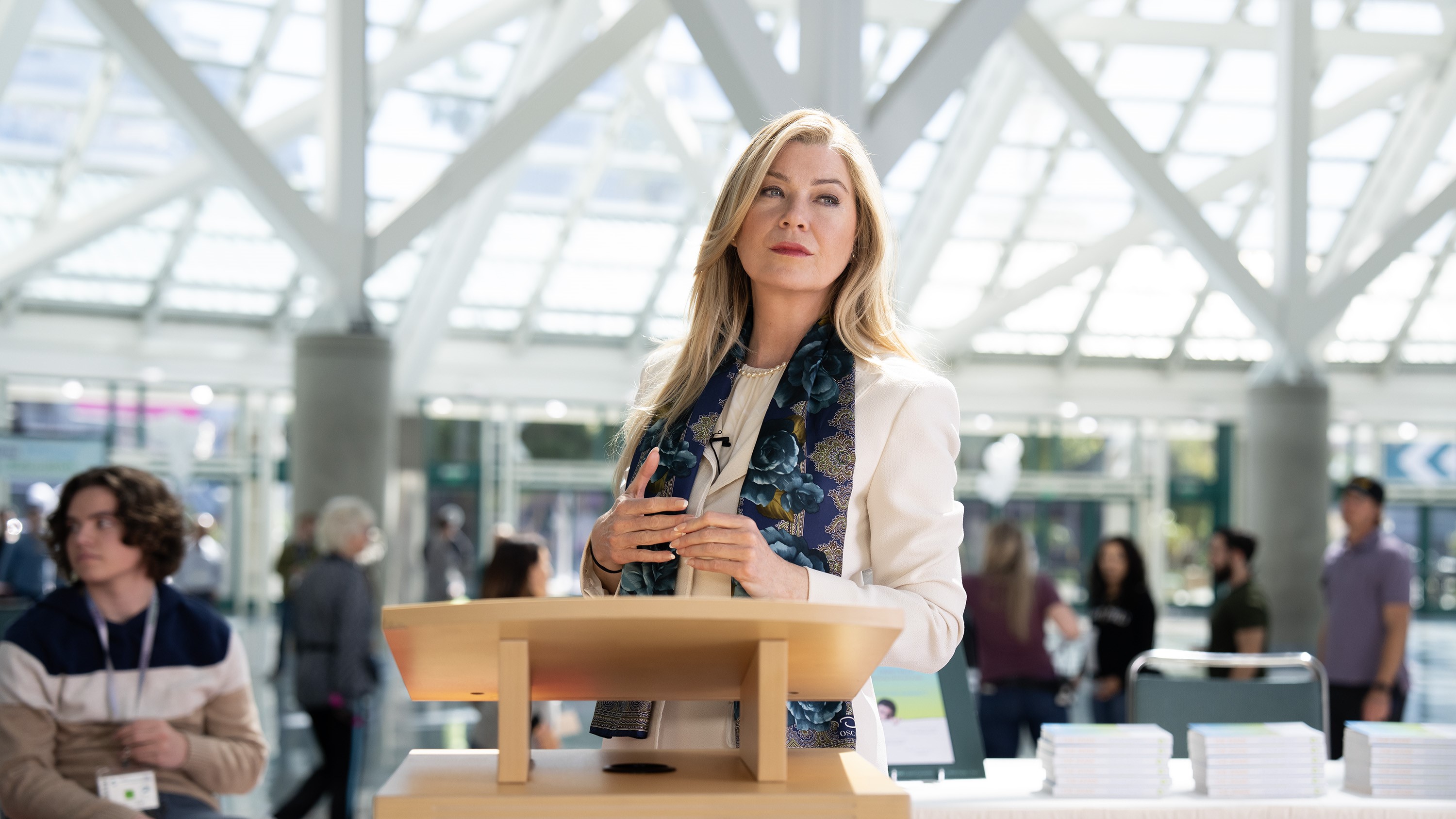What to Watch Verdict
Lana Wachowski has either assembled a greatest-hits package of 'Matrix' highlights or created a reboot that's almost too subversive for its own good.
Pros
- +
There's an undeniable thrill to watching Reeves and Moss revisit their iconic roles alongside new versions of old characters, as well as brand new characters
- +
Although the action is staged much differently than the previous films, there are some great sequences
Cons
- -
Recreates specific scenes, set and dialogue from the original film without a clear purpose other than a trip down memory lane
- -
Unclear if it should get a pass for copying 'The Matrix,' because it at least seems to know it
Is it better or worse if a sequel acknowledges that it’s copying the original film it’s based on? The answer may determine how well you like The Matrix Resurrections, the highly-anticipated fourth installment in the Matrix franchise. Working not with her sibling Lilly but instead with novelists David Mitchell (Cloud Atlas) and Aleksandar Hemon (The Lazarus Project), Lana Wachowski returns to the franchise that not only made the duo household names but impacted cinematic style and technique more than perhaps any other film in the last 20 years.
Exciting though its arrival may be, The Matrix Resurrections recreates too many of the ideas from the first film with only a conspicuous self-awareness as protection from its lack of originality, even as Wachowski and her team open the door to new adventures audiences have been waiting for since the deflating conclusion of the original trilogy.
Keanu Reeves returns as Thomas Anderson, a video game designer whose signature work, The Matrix, transformed the landscape of his industry forever and catapulted him to a c-suite office where he spins his wheels in search of another game-changing idea. Because the reality-bending underpinnings of the game once became so vivid that he stopped being able to distinguish fantasy from reality, Thomas regularly sees an analyst (Neil Patrick Harris) who prescribes him blue pills to counteract its disturbing effects. But when Morpheus (Yahya Abdul-Mateen), a character from his game, and a young woman named Bugs (Jessica Henwick) contact him to seek help with the secret, machine-controlled world he has spent years studiously convincing himself is a figment of his imagination, Thomas’ well-being, and his entire mundane existence, begins to crumble around him.
There’s plenty more to explain in the plot, which like its predecessors is overloaded with exposition while somehow being both incredibly overcomplicated and ultimately really simple, that I’ll leave for viewers to discover for themselves. What Wachowski has effectively done is build a Russian nesting doll that the original Matrix fits inside.
In both films, Thomas lives an ordinary life that he senses is concealing a deeper reality, he’s contacted by individuals from that “real” reality and is eventually invited to learn a vital but deeply depressing truth. Bugs and Morpheus even recreate locations and experiences from Thomas’ original “awakening,” from sets to costumes to literal lines of dialogue, to jog his memory. Some lip service is paid to the fact that humans are less interested two decades later to unplug and seek that truth, but it isn’t immediately clear what is gained in a sequel that adds an extra layer of hyper-awareness but otherwise follows the rhythms of the first film and points that fact out while it’s following them.
It’s undoubtedly amusing for the movie's “real-world” characters to talk about the way Warner Brothers pestered the creator of The Matrix for years to make a sequel and reducing its innovations — “bullet time” being the biggest — to a bygone gimmick; of course, moviemaking is much different than it was 22 years ago and bullet time is pretty easily recreated with CGI. But if The Matrix Resurrections can’t possibly match the first movie’s level of innovation — and perhaps it’s unfair to demand that it does — a winking retread of that story feels especially uninspired, while its new technical flourishes feel like placeholders for “something better” the filmmakers never figured out.
There would seem to be endless story possibilities given the state of the world today, not only with regard to the original film’s through-the-looking glass prescience but also in terms of technology becoming such an inextricable cornerstone of our lives. Wachowski, however, seems wowed enough by her and her sister’s achievements the first time around that even she is happy just to take the ride one more time.
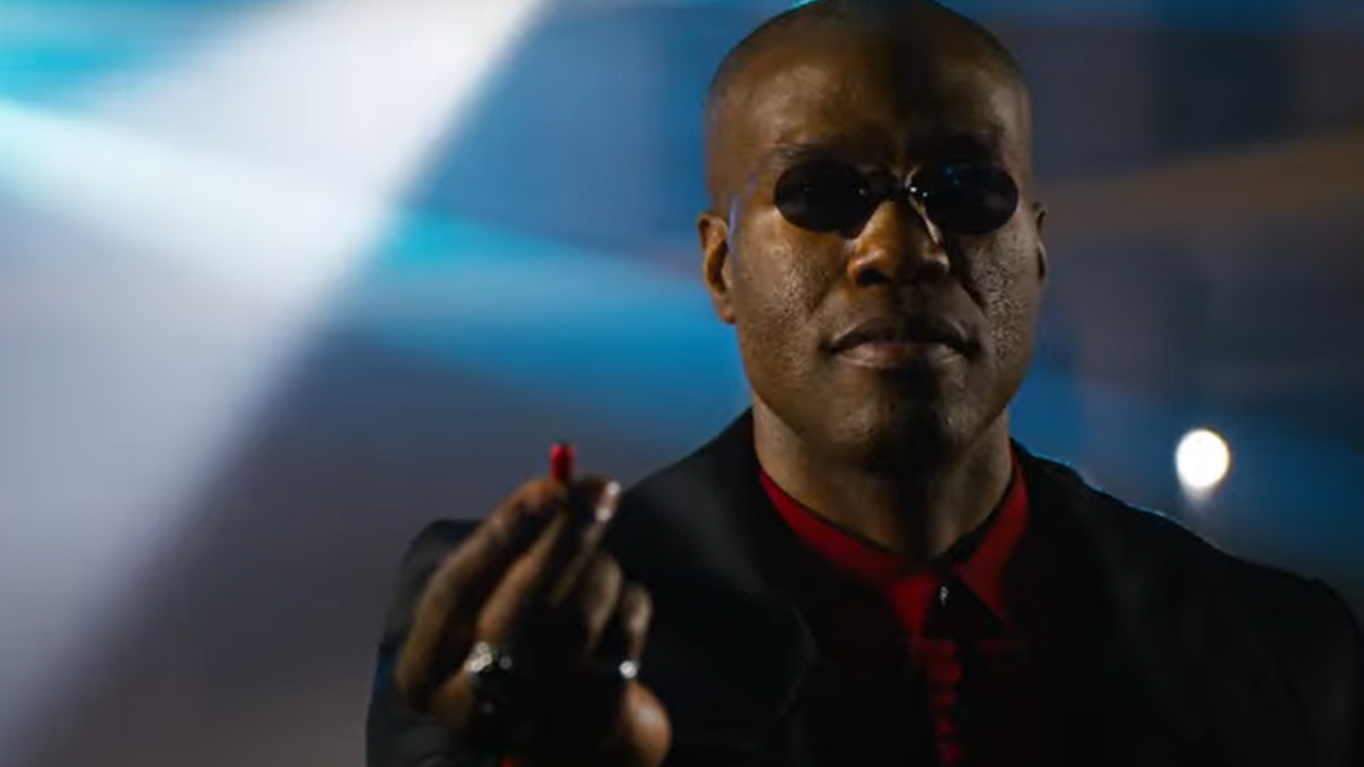
Unfortunately, the action is demonstrably worse in The Matrix Resurrections than in any of the previous films. With Hong Kong choreographer Yuen Woo-ping’s absent this time around, the highlights mostly come from moves quoted from the earlier movies, while the rest of it looks jumbled and difficult to navigate compared to the ultra-cool, precisely assembled sequences that made the original series such an exhilarating ride.
The fact that Reeves has moved on to franchises like John Wick — another that has been repeatedly imitated and copied — only underscores how superfluous it is to see him back in action, so to speak, as Neo. In an era where superheroes with telekinetic powers are commonplace, it comes as a mild disappointment for the character to fail to “level up” in the way he should have after long ago discovering how to break the rules of science and physics.
It is thrilling to see Reeves and Carrie-Anne Moss back on the screen in these iconic roles. Their actual aging gives the characters an intriguing maturity as they contemplate whether or not to kickstart a new cycle of dismantlement and rebirth. Meanwhile, as next-generation counterparts reigniting Neo and Trinity’s rebellious spirits, Henwick and Abdul-Mateen fare about as well with the reams of exposition they’re given as their predecessors did.
Ultimately, without the hindsight of 22 years of cultural conversation (much less a second viewing), it’s difficult to assess whether this movie is pushing the franchise in new directions or simply bending like Neo to the commercial projectiles fired at it by Lana Wachowski, Warner Brothers and several million fans worldwide. But the one other thing it shares with its predecessors is the introspective, second-guessing edge that made them so enticing to revisit. In which case, even if The Matrix Resurrections still doesn’t come together after watching it a few times, there’s still more than enough in it to keep viewers entertained while they’re deciding.
The Matrix Resurrections releases in theaters and will be available to stream on HBO Max starting Dec. 22.
Todd Gilchrist is a Los Angeles-based film critic and entertainment journalist with more than 20 years’ experience for dozens of print and online outlets, including Variety, The Hollywood Reporter, Entertainment Weekly and Fangoria. An obsessive soundtrack collector, sneaker aficionado and member of the Los Angeles Film Critics Association, Todd currently lives in Silverlake, California with his amazing wife Julie, two cats Beatrix and Biscuit, and several thousand books, vinyl records and Blu-rays.
